
A new advisory across southwestern Michigan has more than 1.5 million people rethinking their daily routines. Officials have issued a dire plea to drivers to refrain from doing one thing in particular that most take for granted, and it couldn’t be more serious.
Fueled by fears about health and the environment, the change is causing confusion and consternation among residents of the affected counties.
Six Counties Under The Microscope
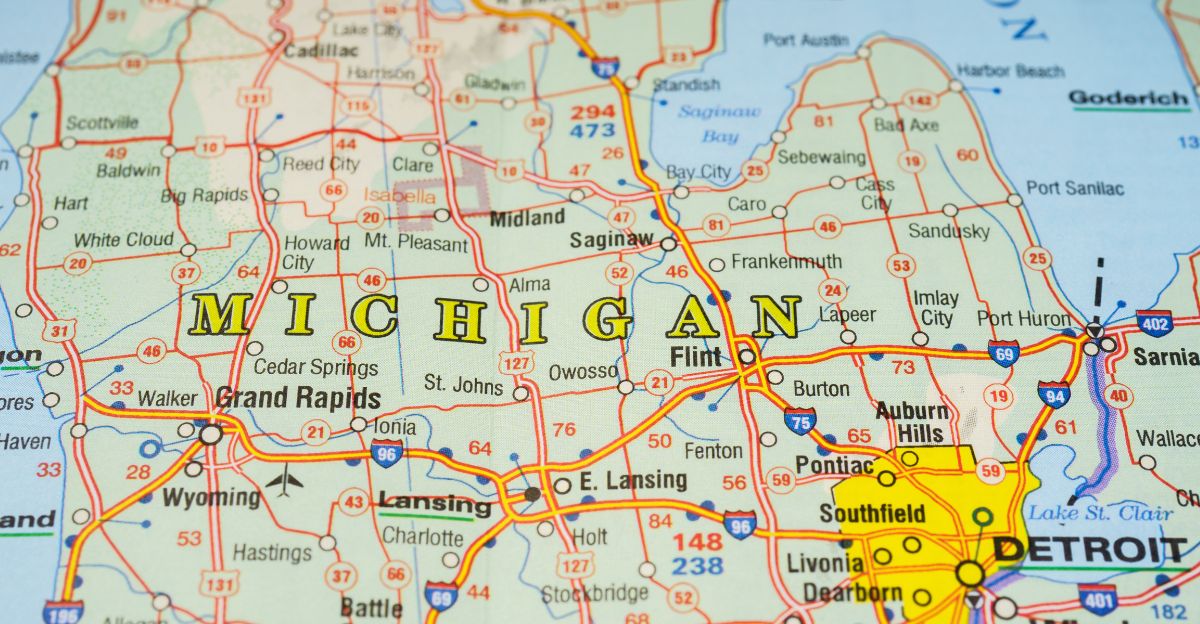
The advisory includes six counties — Allegan, Kent, Muskegon, Ottawa, Berrien, and Van Buren — covering about one-third of Michigan’s population.
People in these communities are being requested to change their habits in response to conditions that have developed rapidly.
The scope of the alert means that communities in urban centers and quiet suburbs are equally affected, leaving people to wonder more broadly what this might mean about the state.
Hold Off on Refueling

So, what are Michigan drivers being asked to do exactly? The core of the advisory urges residents not to refuel their motor vehicles or fill up their gas tanks during the alert period.
This seemingly simple act is a major contributor to ozone formation. Gasoline vapors react in sunlight to form ground-level ozone, which can induce respiratory distress and other health conditions.
A Perfect Storm of Environmental Factors
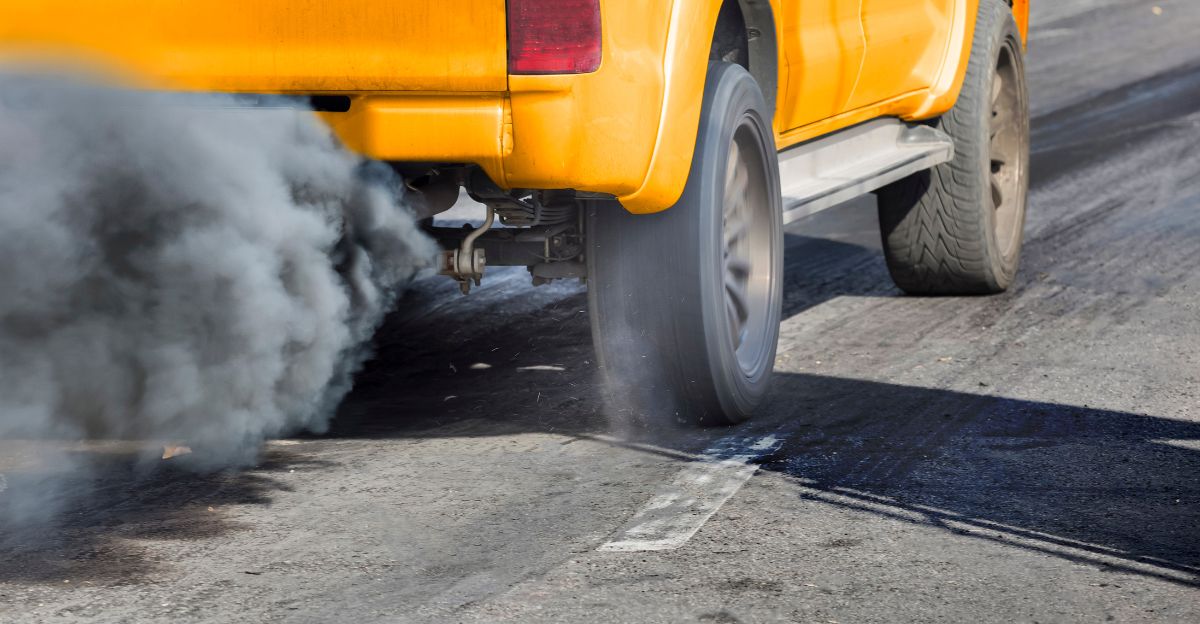
Behind the new advisory lies a convergence of weather and environmental triggers. High temperatures in the 70s and 80s, abundant sunlight, and favorable winds have combined with lingering wildfire smoke from Canada to create the perfect conditions for a spike in ozone pollution.
This rare combination has transformed an ordinary summer day into a cause for concern, with experts warning that these factors can quickly escalate air quality risks.
The Dangers in the Air We Breathe
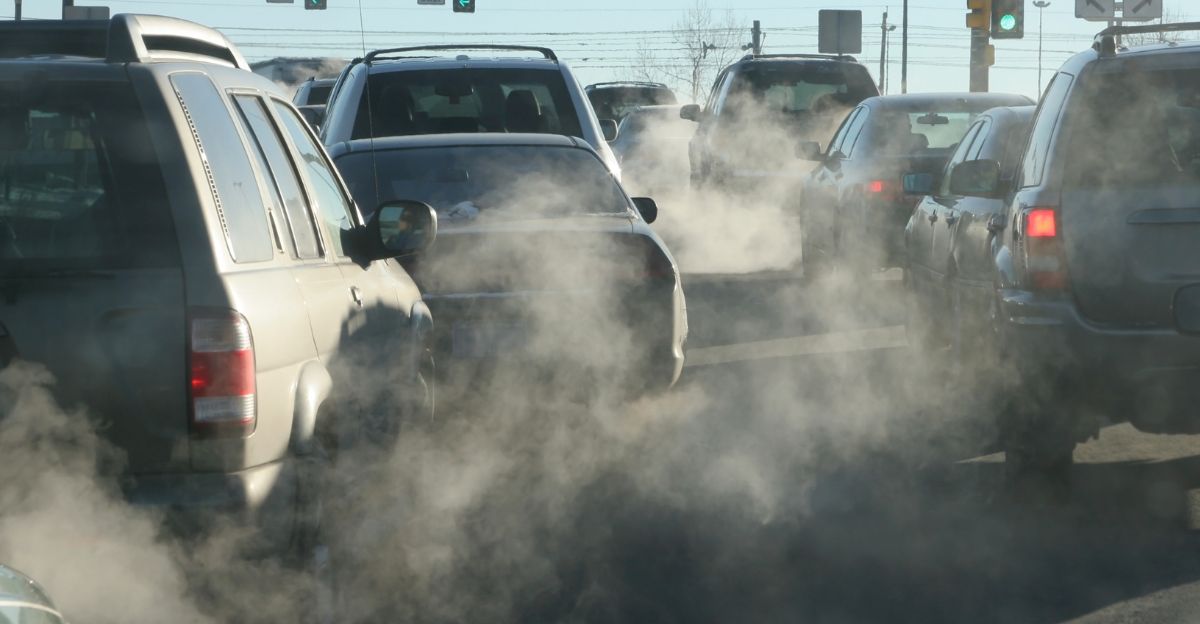
Most experts stress that the advisory is not simply bureaucratic caution — it’s a reaction to actual health threats. Children, the elderly, and individuals with respiratory conditions like asthma, are particularly sensitive to the effects of ozone pollution, particularly at high levels.
Even healthy people could suffer discomfort or health consequences if exposed for prolonged periods, making the advisory relevant to anyone in the region.
Daily Life Disrupted: More Than Just Gas Stations
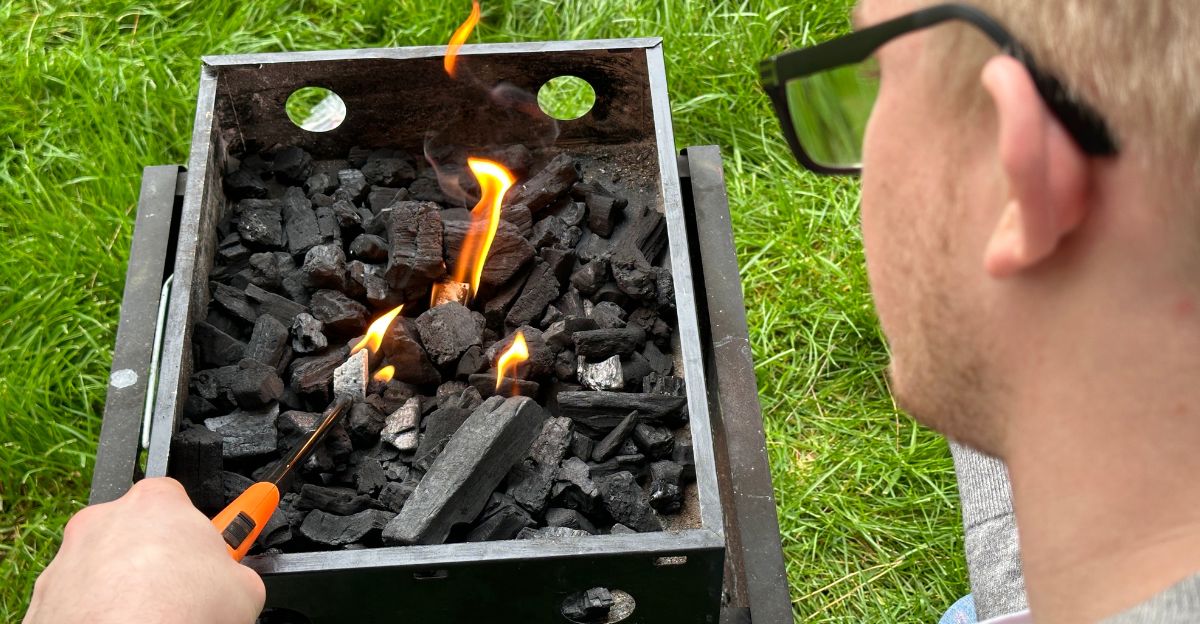
The recommendations extend far beyond the gas pump. Residents are also advised to avoid using gasoline-operated lawn equipment, avoid using charcoal lighter fluid, and opt for water-based paints whenever possible.
For many people, this could mean delaying yard work, changing their schedules when running errands, or exploring alternate forms of transportation, such as walking or cycling, to reduce pollution.
High-Risk Groups on Alert
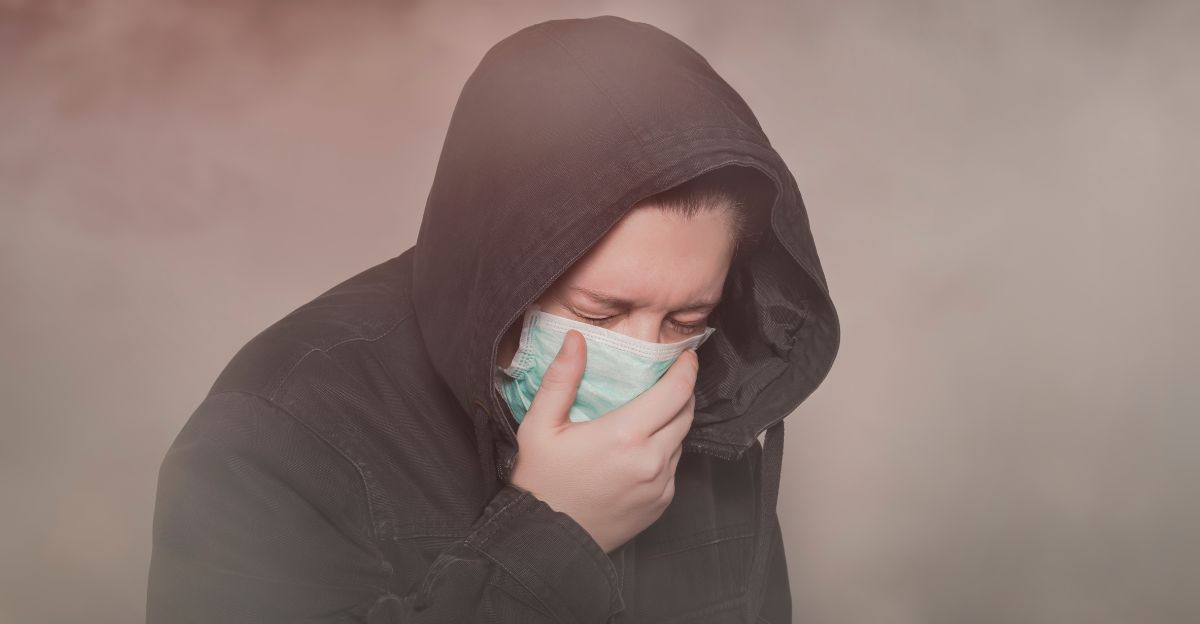
Health officials are particularly worried about individuals who are most susceptible. Elderly, young, and people with preexisting respiratory or heart disease are recommended to stay indoors and avoid strenuous outdoor activities.
For those sensitive groups, even moderate exposure to elevated ozone levels can lead to serious complications, underscoring the importance of following the advisory’s guidance.
The Science Behind the Advisory
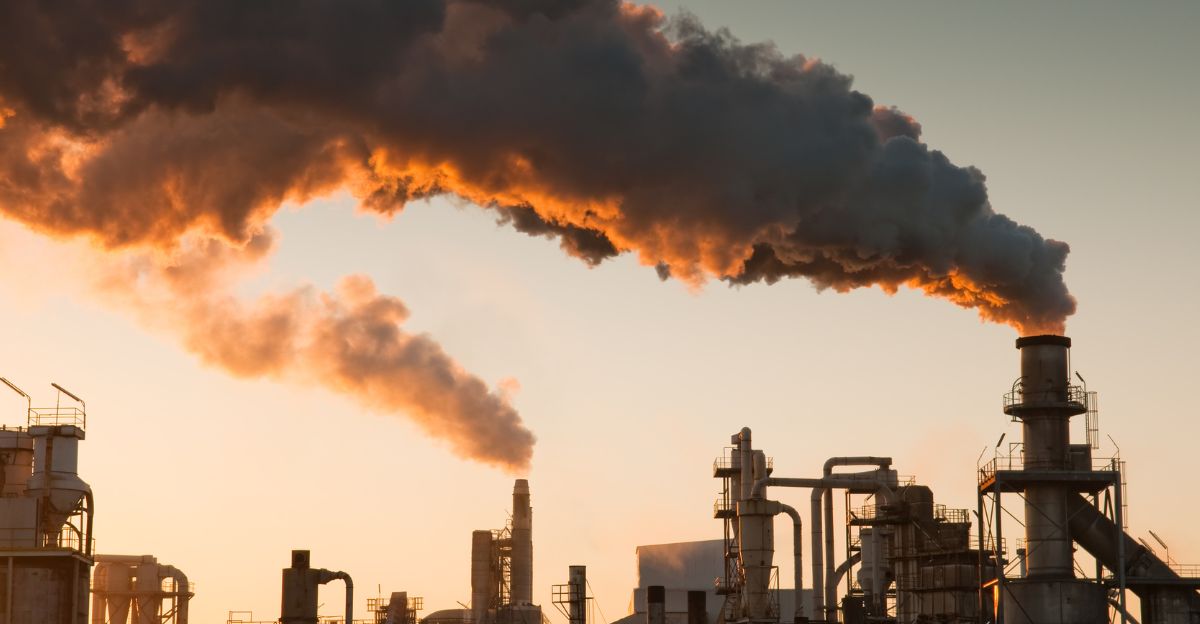
Ozone is a secondary pollutant, formed by chemical reactions between pollutants produced by cars, power plants, and other industrial sources in the presence of sunlight and heat.
Wildfire smoke adds a further complication: it can increase the concentration of pollutants and facilitate ozone formation. In stagnant air, these pollutants hang around, and ozone builds to unhealthy levels.
Regional Patterns and A Broader Trend
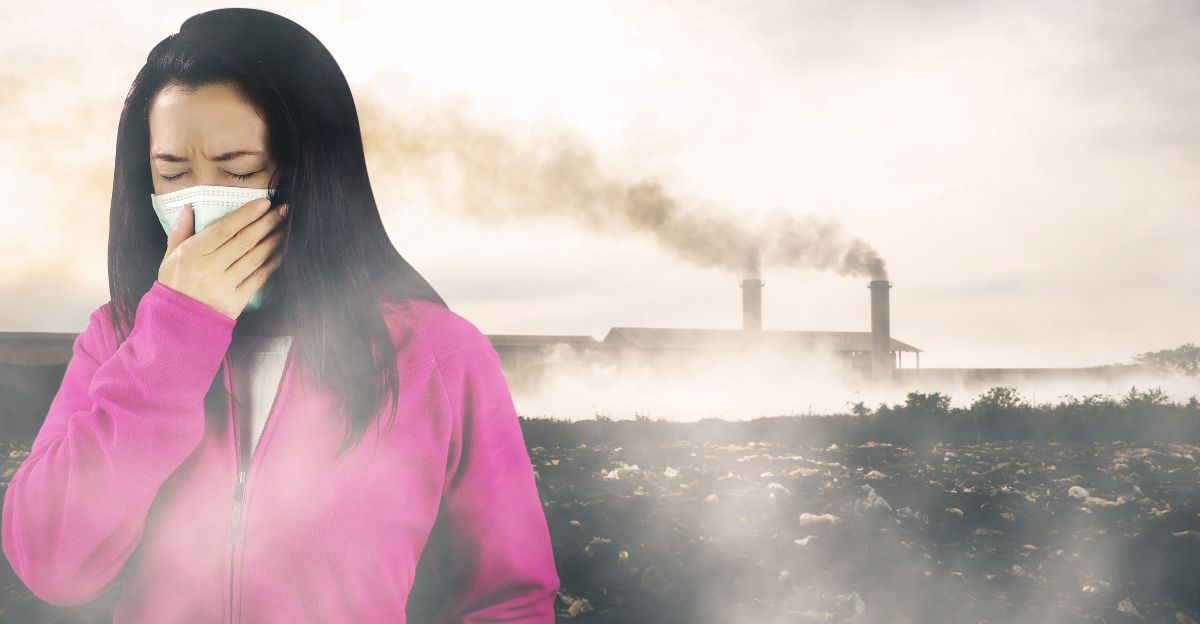
While the warning is directed at those in six Michigan counties, it mirrors a dangerous trend spreading through the United States.
Reports indicate that major metropolitan areas such as Detroit have witnessed an increase in ozone and particle pollution, with potential public health and economic effects.
This form of advisory is likely to become more common as the impacts of climate change result in more frequent extreme weather and wildfire events, with the degradation of air quality becoming an ongoing issue.
What’s Next for Michigan?
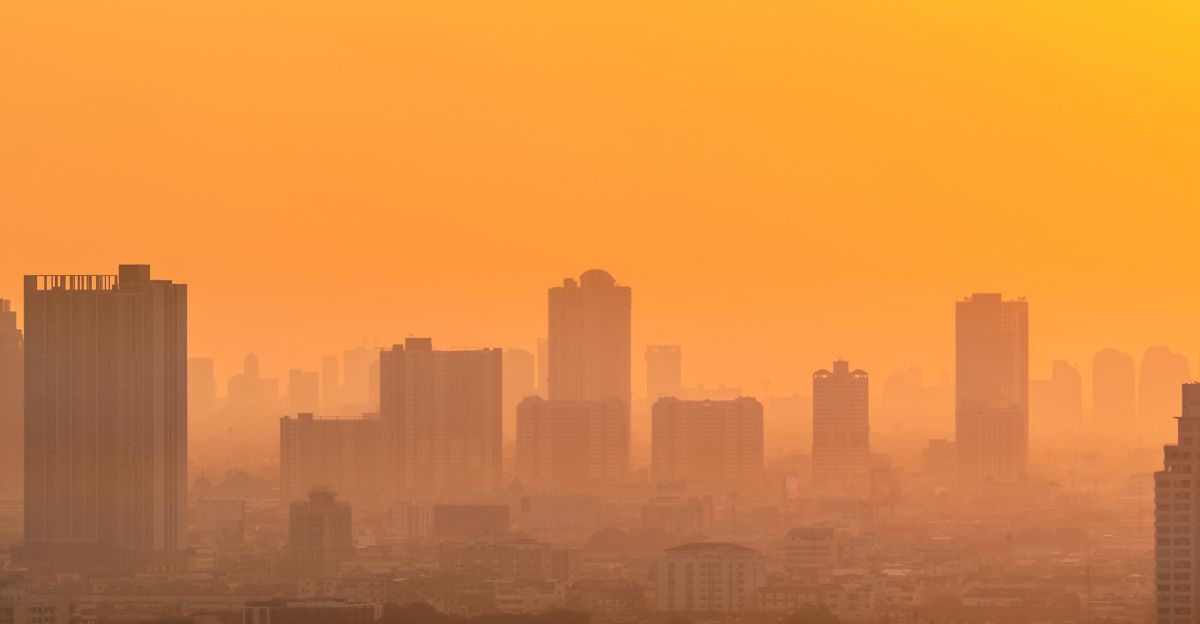
While the advisory is still in place, residents wonder how often disruptions like these will happen in the future. Officials are encouraging the people of Michigan to subscribe to air quality advisories and keep abreast of changing conditions.
As the weather continues to change and fires continue to burn, increasingly smoky skies may be a new reality for communities statewide.
The hope is that by taking collective action now, Michigan can protect its most vulnerable residents from air pollution and help reduce its lingering effects over time.
Discover more trending stories and Follow us to keep inspiration flowing to your feed!

Craving more home and lifestyle inspiration? Hit Follow to keep the creativity flowing, and let us know your thoughts in the comments below!
